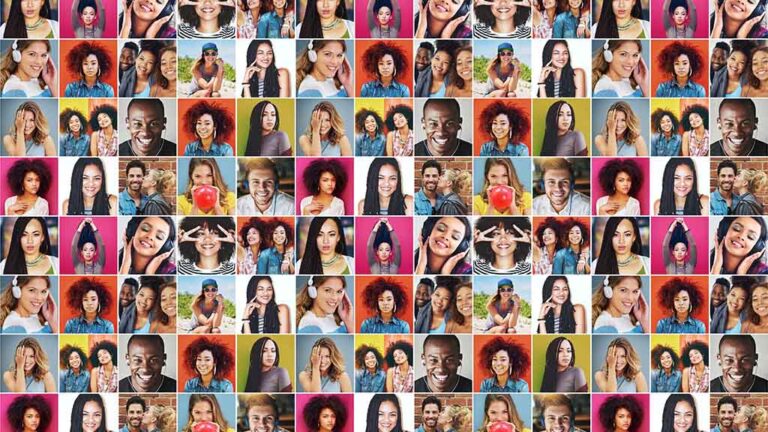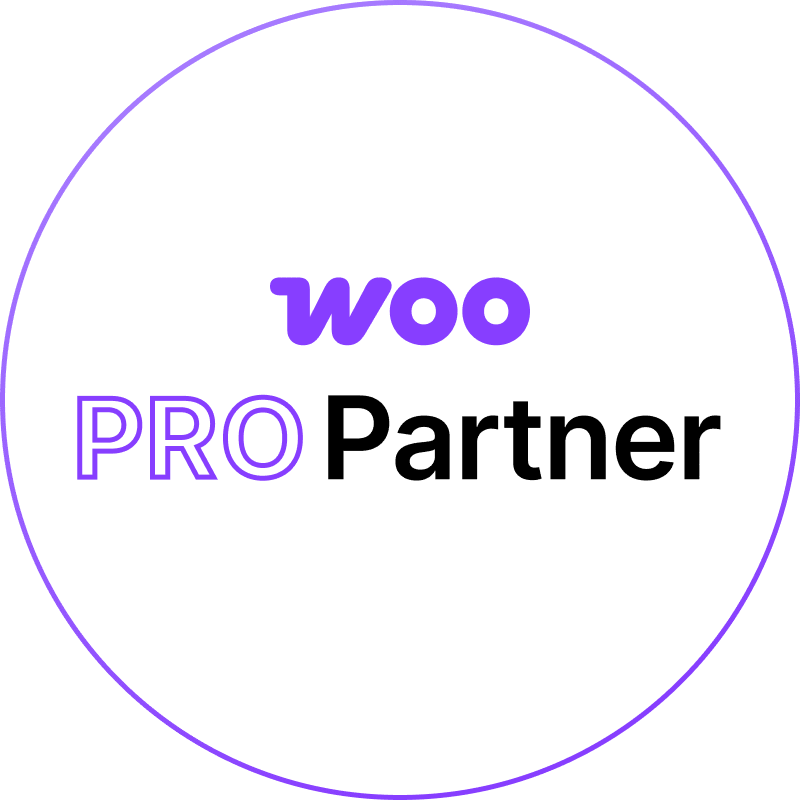What a TikTok Ban Could Mean for Your Social Media Marketing Strategy
Introduction: The Ongoing Debate Around a TikTok Ban
TikTok has become a powerhouse in the world of social media marketing, revolutionizing how brands reach and engage with audiences. With its innovative short-form video format, the platform has enabled businesses to connect with millions of users, particularly Gen Z and Millennials. However, ongoing discussions about a potential TikTok ban in certain regions, such as the United States, have raised questions about what this would mean for marketers.
The debate stems from concerns over data privacy, security, and TikTok’s ties to foreign ownership. While a ban remains uncertain, it’s crucial for brands to understand the potential implications and prepare for alternative strategies. Losing access to TikTok could disrupt campaigns, cut off a vital connection to younger audiences, and force marketers to rethink their approach to social media.
For businesses heavily invested in TikTok, navigating this uncertainty is challenging but not impossible. Partnering with a social media ad agency can help you diversify your strategy and explore other platforms to maintain audience engagement and campaign effectiveness.
TikTok’s Role in Social Media Marketing Today
TikTok’s meteoric rise has reshaped the social media landscape, particularly when it comes to short-form video content. Unlike traditional platforms, TikTok emphasizes creativity, authenticity, and trends, allowing brands to connect with users in a way that feels natural and engaging. Its algorithm is designed to surface content based on user preferences, making it easier for businesses to reach the right audience, even with limited budgets.
Brands across industries have leveraged TikTok to build awareness, drive traffic, and generate sales. For instance, viral challenges, hashtag campaigns, and user-generated content have proven highly effective in capturing attention and encouraging participation. The platform’s unique ability to foster trends has also helped businesses stay culturally relevant, making TikTok a valuable tool for brand positioning.
Moreover, TikTok has become a hub for influencer marketing. Influencers on TikTok often have highly engaged followers who trust their recommendations, making collaborations a key part of many brands’ strategies. From beauty products to tech gadgets, influencers have played a critical role in driving sales and boosting visibility.
However, a potential ban threatens to disrupt this dynamic. Marketers would lose access to one of the most impactful platforms for connecting with younger audiences, requiring a shift in how they approach content creation and audience targeting.
Immediate Impacts of a TikTok Ban
A TikTok ban would create immediate challenges for businesses that rely on the platform as a cornerstone of their marketing strategy. For brands with a strong TikTok presence, the loss of the platform would mean losing a key channel for reaching their audience. This could result in a significant dip in engagement, traffic, and overall visibility.
One of the most affected groups would be businesses targeting Gen Z and Millennials, who make up the majority of TikTok’s user base. These demographics are less active on traditional platforms like Facebook, making TikTok a vital tool for engaging them. Without access to this platform, brands would need to quickly adapt to other social media channels to maintain their connection with this audience.
Additionally, a ban would disrupt ongoing influencer partnerships. Many influencers have built their careers around TikTok, and a ban would force them to pivot to other platforms, such as Instagram Reels or YouTube Shorts. For brands, this means re-evaluating existing collaborations and identifying alternative influencers who can drive engagement on different platforms.
Finally, a ban would create a ripple effect across the social media landscape. Marketers would need to rethink their strategies, repurpose existing content, and explore new ways to achieve their goals. While the loss of TikTok would be a setback, it also presents an opportunity to innovate and diversify marketing efforts.
Shift in Consumer Behavior
If a TikTok ban were to occur, one of the most immediate consequences would be a shift in consumer behavior. TikTok’s user base, particularly younger audiences like Gen Z and Millennials, would likely migrate to other platforms to consume and create content. Platforms like Instagram Reels, YouTube Shorts, and even emerging apps such as Lemon8 or BeReal would be poised to capture these displaced users.
For marketers, this shift presents both challenges and opportunities. On one hand, it requires adapting quickly to new platforms and understanding their unique dynamics. For example, while Instagram Reels offers a similar short-form video experience, its algorithm prioritizes content differently compared to TikTok. Likewise, YouTube Shorts focuses heavily on integrating with existing YouTube channels, making it ideal for creators with long-form content strategies.
On the other hand, consumer migration offers a chance to reach audiences on platforms where competition might be less intense—at least initially. Brands that proactively explore and establish a presence on alternative platforms could gain an early advantage, securing visibility before those platforms become saturated.
Understanding consumer behavior in this transition period is critical. While TikTok users are likely to bring their preference for engaging, short-form content with them, each platform has its own culture and trends. Tailoring content to fit these nuances will help brands maintain relevance and connection with their audience, even in a post-TikTok era.
Impact on Influencer Marketing
A TikTok ban would significantly disrupt influencer marketing strategies. Many influencers have built massive followings on TikTok, using the platform’s algorithm and creative tools to amplify their content. Losing access to TikTok would force these influencers to pivot, redistributing their audiences across other social media platforms.
For brands, this presents a dual challenge. First, existing partnerships with TikTok influencers may lose value if their audience engagement declines during the transition to new platforms. Second, identifying and collaborating with influencers on alternative platforms may require starting from scratch, as follower demographics and platform cultures may differ.
However, this shift isn’t entirely negative. Influencers are highly adaptable and often adept at migrating their audiences to new platforms. For example, a TikTok creator with a strong personal brand could quickly grow their Instagram Reels or YouTube Shorts presence, continuing to offer value to brands. In this scenario, marketers should prioritize long-term relationships with influencers who demonstrate resilience and cross-platform versatility.
Additionally, a TikTok ban might spur the growth of new influencers on alternative platforms, creating fresh opportunities for collaboration. Marketers can capitalize on this by staying ahead of trends and identifying rising stars who resonate with their target audience. Diversifying influencer partnerships across multiple platforms can also reduce the risk of over-reliance on a single channel, ensuring campaigns remain effective regardless of platform changes.
Diversifying Your Social Media Strategy
A TikTok ban underscores the importance of diversification in social media marketing. Relying too heavily on one platform, no matter how popular, leaves brands vulnerable to sudden disruptions. To future-proof your strategy, it’s essential to maintain an active presence across multiple platforms, each serving a unique purpose in your overall marketing mix.
Start by evaluating your current social media channels and identifying gaps or opportunities. For instance, if your TikTok strategy relies heavily on short-form video, explore how you can replicate and adapt this content for Instagram Reels, YouTube Shorts, or even Pinterest Idea Pins. Each platform has its strengths—Instagram for visual storytelling, YouTube for longer-form videos, and Pinterest for inspiration-driven content. Diversifying ensures that your brand stays visible, even if one platform becomes unavailable.
It’s also important to refine your approach to content creation. A diversified strategy doesn’t mean creating entirely separate campaigns for every platform. Instead, focus on repurposing content to fit each platform’s format and audience preferences. For example, a TikTok video showcasing a product’s features can be re-edited as an Instagram Reel or a Pinterest Idea Pin, ensuring consistent messaging while maximizing reach.
Finally, consider expanding beyond traditional social media platforms. Email marketing, blog content, and community-building efforts on platforms like Discord or Facebook Groups can provide stable channels for audience engagement. By balancing your efforts across multiple touchpoints, you can mitigate the impact of losing a single platform while maintaining a strong connection with your audience.
Reallocating Content to Other Platforms
If TikTok were banned, marketers would need to repurpose and reallocate their content to alternative platforms to maintain their reach and engagement. Fortunately, much of the content created for TikTok—short, engaging videos with a strong focus on trends and storytelling—can be adapted for platforms like Instagram Reels, YouTube Shorts, and even Pinterest Idea Pins. Each of these platforms has embraced short-form video content and offers unique opportunities for visibility and engagement.
Instagram Reels, for instance, provides a seamless way to showcase TikTok-style content while reaching a more diverse audience. With its integration into the broader Instagram ecosystem, Reels can drive traffic to other content types, such as carousel posts and Stories. Similarly, YouTube Shorts allows for quick, impactful storytelling that aligns well with YouTube’s long-form video capabilities, offering a dual benefit of short-term engagement and long-term brand building.
Adapting content doesn’t have to be time-consuming. Tools like Canva and InShot can help resize and reformat videos for different platforms, ensuring your content meets each platform’s specifications. Additionally, captions, hashtags, and music can be tailored to align with platform-specific trends and audience preferences.
By proactively reallocating content, brands can retain their creative momentum and continue connecting with audiences. A potential TikTok ban shouldn’t mean starting from scratch—it’s an opportunity to expand your reach and experiment with new formats across other platforms.
Alternative Platforms to Watch
In the wake of a TikTok ban, it’s critical to identify and invest in alternative platforms where your audience may migrate. Instagram Reels and YouTube Shorts are obvious contenders, but newer platforms like Lemon8, BeReal, and others offer fresh opportunities to connect with audiences in innovative ways.
Lemon8, for instance, combines elements of Instagram and Pinterest, focusing on visually appealing content with a lifestyle-oriented twist. Its emphasis on curated posts and discoverability makes it an attractive option for brands targeting a design-conscious audience. BeReal, on the other hand, prioritizes authenticity by encouraging users to share unfiltered moments in real time. While not inherently a marketing platform, its growing popularity among younger users makes it a space to watch for organic brand interactions.
Other contenders include Snapchat Spotlight and Triller, both of which cater to short-form video enthusiasts. For businesses focused on live streaming or community engagement, platforms like Twitch and Discord may provide valuable alternatives to connect with audiences in a more interactive way.
The key to navigating this transition is to stay agile and experiment with different platforms. By identifying where your audience is most active and aligning your content strategy accordingly, you can minimize disruption and maximize opportunities for growth.
Adapting to a Post-TikTok Landscape
The potential loss of TikTok may feel like a significant setback, but it also offers a chance for marketers to evolve. A post-TikTok landscape demands adaptability, creativity, and a focus on sustainable strategies that transcend individual platforms.
One effective approach is to invest in community-building efforts. Platforms like Discord, Facebook Groups, or even private messaging apps provide opportunities to foster deeper connections with your audience. By creating spaces where followers can interact directly with your brand and each other, you build loyalty that isn’t dependent on the presence of a single platform.
Additionally, brands should prioritize content formats that remain versatile across platforms. For example, storytelling-focused videos or how-to content can perform well on multiple platforms, from YouTube to Instagram. Long-form content, such as blogs and podcasts, can complement your video strategy by providing value in formats less vulnerable to sudden platform changes.
Collaborations with influencers who have a cross-platform presence are another way to ensure continuity. Many influencers are skilled at transitioning between platforms, bringing their audience along for the ride. Partnering with creators who demonstrate adaptability ensures your brand maintains visibility, even in a shifting digital landscape.
Future-Proofing Your Social Media Marketing Strategy
The possibility of a TikTok ban highlights a critical lesson for social media marketers: platform-specific reliance is a risky strategy. To future-proof your marketing efforts, you need to build a robust, diversified approach that prioritizes long-term sustainability over short-term trends.
Start by creating an omnichannel strategy that integrates multiple touchpoints, including email marketing, blogs, and social platforms. By diversifying your efforts, you can maintain engagement and visibility even if one channel becomes unavailable. Focus on strategies that allow you to own your audience, such as growing your email list or building a dedicated community through forums or apps.
It’s also essential to stay informed about emerging trends and technologies. As new platforms and tools enter the market, adopting them early can give you a competitive edge. Regularly auditing your strategy ensures that you’re focusing on platforms and tactics that deliver the best results for your brand.
Ultimately, the future of social media marketing lies in flexibility and innovation. By embracing change and proactively adapting to challenges, brands can continue to thrive, even in an unpredictable digital landscape. A TikTok ban may feel like a setback, but with the right strategy, it can also be a springboard for growth and evolution.

















